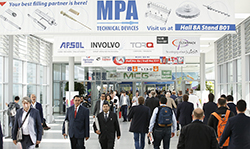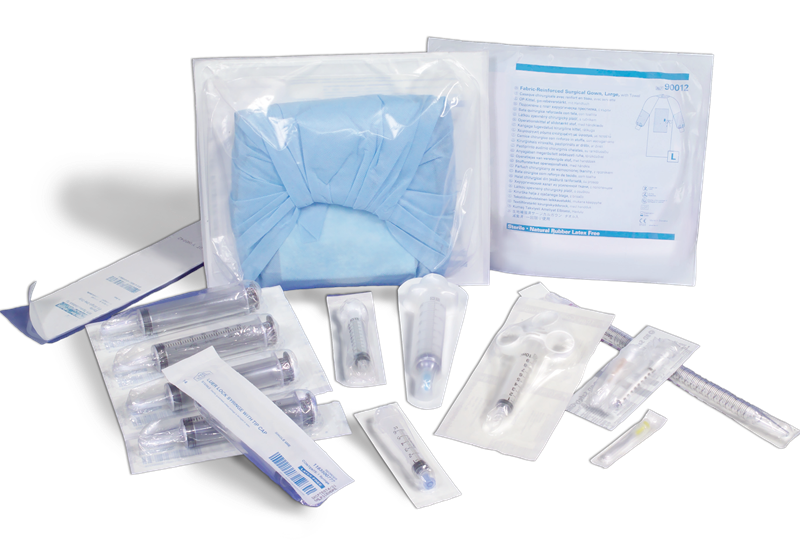뉴스 News
Exhibitions/Seminars
news
Exhibitions/Seminars
Ms. Kang
2017-05-15
Ms. Kang
2017-05-12
Ms. Kang
2017-05-12
Ms. Kang
2017-04-07
강민정
2017-03-15
강민정
2017-03-14
강민정
2017-02-28
강민정
2017-02-28

















